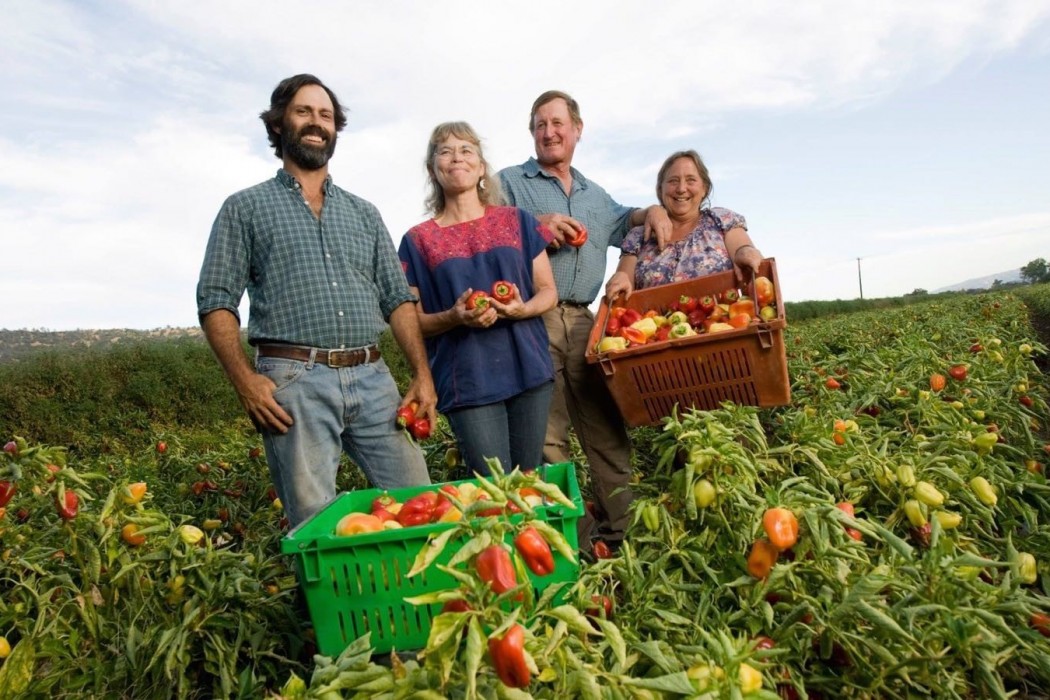Farmers depend on just a handful of crop varieties: according to the United States Department of Agriculture’s Farm Service Agency (FSA), approximately half of farmland—more than 60 million hectares, or 150 million acres—in the U.S. is planted with corn or soy.
This lack of diversity limits farmers’ ability to adapt to varying weather patterns and climate change.
“The question is not whether systems this brittle will break down, but when and how, and whether when they do, we’ll be prepared to treat the whole idea of sustainability as something more than a nice word,” wrote food author and activist Michael Pollan.
A more resilient agricultural system is needed, especially in the face of climate change.
Family farmers and food revolutionaries are working to create this paradigm shift by restoring ecological resilience in their local communities.
Many farmers are diversifying their cropping systems and working together on projects to preserve and restore biodiversity in their fields, and on our plates.
To help ensure that farmers retain the ability to restore crop diversity in the future, La Red de Guardianes de Semillas (The Network of Seed Guardians) is preserving rare plant varieties and culturally important seeds in Tumbaco, Ecuador.
The community model for seed-saving fosters the exchange of cultural knowledge between small farmers, trains growers on permaculture techniques, and works to preserve biodiversity throughout Ecuador. The coupling of cultural heritage and biological heredity in something so small as a seed gets at the heart of the resilience concept: the more biologically and culturally varied a system, the more buffered it is against disturbance.

